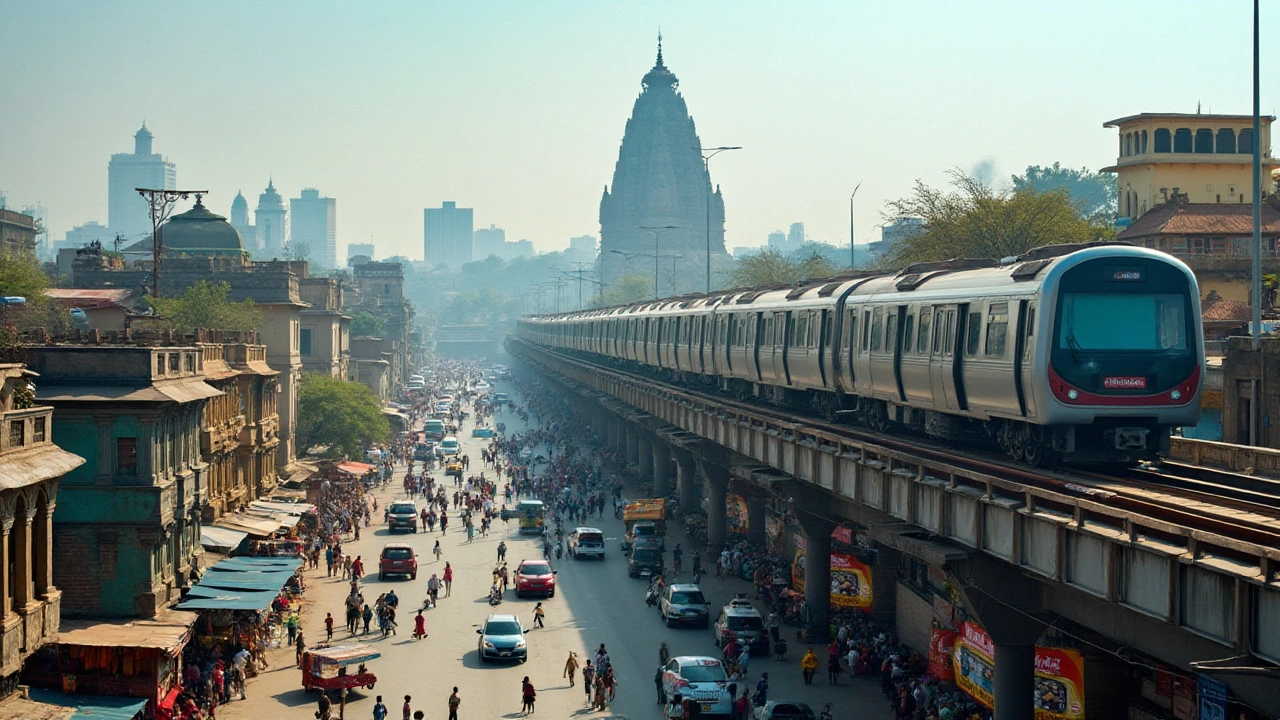When you see listings that say "metro area" or "metro property," you might wonder if it’s just a fancy buzzword. In plain terms, “metro” refers to a metropolitan area – a densely populated region that includes a core city plus its surrounding suburbs and towns. Think of it as the city’s larger neighborhood where people live, work, and commute.
Why care about the metro label? Because it tells you a lot about price trends, transport options, and the lifestyle you can expect. A house in a metro area usually has better access to schools, shopping centers, and public transit compared to a rural location. At the same time, the same label can signal higher demand and, often, higher prices.
Metro boundaries aren’t set in stone. They can change as a city expands or new transport links open. For example, when a new metro rail line is built, nearby neighborhoods often get re‑branded as part of the metro area. That shift can push up property values almost overnight.
For renters, a metro‑adjacent apartment often means shorter commutes and more amenities within walking distance. For buyers, it can mean a better resale outlook. However, the flip side is that you might pay a premium for that convenience.
1. Check the actual distance to key spots. Not all metro listings are equal – some are right next to the city center, others are on the fringe. Use a map to see how far the property is from your work, schools, or grocery stores.
2. Look at transport links. A property near a metro rail station or a major bus route usually has a higher rental yield. It also helps you avoid traffic hassles.
3. Compare price per square foot. Metro areas often have a tighter price range. If a listing seems unusually cheap, verify if it’s truly within the metro zone or just a nearby town.
4. Research upcoming developments. City plans for new parks, malls, or office parks can dramatically change a neighborhood’s vibe. A currently quiet suburb might become a hot metro hotspot in a few years.
Understanding the metro definition helps you filter out noise and focus on properties that match your needs. Whether you’re chasing a lower‑cost rental in a commuter belt or a high‑growth investment near a future transit hub, knowing what “metro” means lets you make smarter decisions.
So next time you scroll through a listing and see “metro area” highlighted, pause for a second. Ask yourself: How does this location fit my budget, commute, and long‑term goals? The answer will guide you to a property that truly works for you, not just a catchy label.

A metro, often known as a subway, is a rapid transit train system designed to transport people within an urban and suburban area quickly. Its presence can significantly impact local real estate markets, often driving up property prices due to increased accessibility and convenience. This article explores what defines a metro system and how it influences the value and development of nearby properties. By examining these factors, one can better understand the strategic importance of metro systems in urban planning and real estate investment.